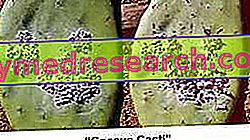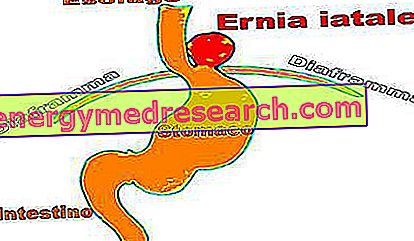
E120 - COCCINIGLIA, CARMINIC ACID, VARIOUS TYPES OF CARMINE
They are natural dyes obtained from an insect, the Cocci cacti (cochineal), which lives at the expense of a species of cactus ( Napalea coccinillifera ) present in Peru and the Canary Islands. The extraction of the carmine color takes place from the dried eggs of the insect (the so-called coccinea extract is obtained) or by drying the insect directly (a more intense and brilliant shade of color is obtained). However, in both cases, the color obtained is very stable and is used in the production of some red, purple or pink candies, in yoghurts, marzipan, jellies, ice creams, soft drinks, liqueurs, in Bitter Campari, in medicinal sugared almonds and in cosmetics.

The results of research on long-term side effects on the reproductive system and metabolism, however, are not yet available, but there is a risk that it may be carcinogenic; therefore for primary prevention the administration of the cochineal dye to children is not recommended.
ADI DOSE: 5 mg per kg of body weight
| E100 | E101 | E101a | E102 | E104 | E110 | E120 | E122 |
| E123 | E124 | E127 | E128 | E129 | E131 | E132 | E133 |
| E140 | E141 | E142 | E150a | E150b | E150c | E150d | E151 |
| E153 | E154 | E155 | E160a | E160b | E160c | E160d | E160e |
| E160f | E161 | E161a | E161b | E161c | E161d | E161e | E161f |
| E161g | E162 | E163 | E170 | E171 | E172 | E173 | E174 |
| E175 | E180 |




